February 16, 2020
Every time we visit Andrew we try to explore a different part of New York City or the surrounding area. On previous trips we have gone to places like Albany, Hyde Park, Valhalla, and Long Island's Sagamore Hill.
On our full day in New York, we rented a car and drove along the south side of Long Island, all the way to the Hamptons and the Montauk Lighthouse on the far end.
This obelisk near Jones Beach looks like a World War I or II memorial, but it is actually a fully functioning water tower that supplies the area with all its fresh water. Built in 1930, the inspiration for its design was the bell tower of St. Mark's Basilica in Venice, Italy (picture on right). The Jones Beach Water Tower is somewhere between 188 and 231 feet tall, depending on whom you ask, and extends more than 1,000 feet underground.
We got out at Jones Beach and walked around a bit. It was cold and windy.
Andrew found this empty egg sac of a skate, which we were amazed he could easily identify. He said it is also called a "mermaid's purse."
Tobay Beach is short for the Town of Oyster Bay Beach. It is just four miles east of Jones Beach and was once the backdrop for a Marilyn Monroe photoshoot.
These 9/11 memorials are especially powerful this close to Manhattan. I imagine the residents here could see the smoke rising from the city. It must have been both horrifying and terrifying.
Back on the road. I love the long-span bridges in New York, something we don't have many of in Southern California.
We stopped for brunch at The LakeHouse Restaurant in Bay Shore, a rather fancy/snooty clubhouse-style place
Bob had done his food homework, as usual, and knew we needed to try blue point oysters on Long Island's South Bay. They were excellent.
. . . as were my crab eggs benedict.
Bob got his oysters and I got my art museums (two of them) and ice cream parlor (just one). Our first art museum was
Dia: The Dan Flavin Art Institute, located in Bridgehampton. It opened in 1983 in what was originally a firehouse, built in 1908, but then housed The First Baptist Church of Bridgehampton from 1924 through the 1970s.
Flavin lived in a nearby town and oversaw the remodeling of the building that now showcases nine of his signature fluorescent light pieces. I only got decent photos of four of them.
This neon cross was the original sign for the Baptist Church that once occupied this space.
The museum has also kept the pulpit, and together the cross and pulpit create what feels like a chapel on the top floor.
It must have been at least two hours since I had that huge, rich brunch, but when I noticed the Candy Kitchen Ice Cream Parlour right across the street from the museum, I realized it was time for a snack!
This banana split hit the spot.
By the way, the words
"The Hamptons" have always had a certain cachet for me. It was fun to drive through the area, known for its wealth. But who knew it is also famous for its windmills? I didn't, but it makes sense as New York used to be called New Amsterdam.
At 118 miles from west end to east end, Long Island is aptly named, and after several hours of driving, we finally made it to the
Montauk Lighthouse on the eastern point. I don't like wind, and wind + cold is the worst of all combinations. I stayed in the car while Bob and Andrew circled around the lighthouse.
Long Island should have been named Crab Leg. It has the rounded shape and joint of a crab leg with the claw at the end. Our next stop was the
Parrish Art Museum in Water Mill, which is in the same part of the claw as Montauk Lighthouse at the tip of the claw.
The Parrish Museum was founded by Samuel Parrish, a Quaker born in Philadelphia, a lawyer, and a serious collector of Italian Renaissance art. When he needed a place to house that art, he built a museum near his family home in Southampton in 1898.
Parrish died in 1932, and in 1941 the museum passed into public ownership. It was remodeled in the 1950s and began to feature contemporary American artists. In 2012, it moved to this larger space in Water Mill. For whatever reason, we saw only the museum's contemporary art and totally missed the Italian Renaissance collection.
There are a lot of large spaces and large paintings in the museum. This is the first area we entered. What IS that in front of the paintings?
This intriguing piece of art made me very thirsty.
One of my favorite works was Galapagos Tortoise (1975) by Janet Culbertson.Self Portrait (2012) by Chuck Close looks like a regular self-portrait, right? Maybe even a photograph? Wrong.
Look closer at Close . . .
. . . and even closer. Incredible.
The museum had a Saul Steinberg show while we were there. Steinberg (1914-1999) was known for his covers and drawings that appeared in The New Yorker for nearly 60 years.
His View of Paris (1946-1949) is quite large, and like the portrait above, gets more interesting on closer examination.
I didn't get the names of any of these other pieces by Steinberg, but aren't they incredible? I love every one of them!
Migration (2016) by Jeffrey Gibson evokes both birds and fish. I love the use of color to highlight and camouflage shapes.
This is
Cassation (2015) by Valerie Jaudon. I had to look that word up. A "cassation" is an 18th-century informal instrumental composition, often for outdoor performance. Hmmm. I'm trying to see it.
Another of my favorite pieces was
Bicycle for Picnicking (2019) by Allan Wexler. Don't miss the green-lidded food containers on the peddle and the bug spray in the attached box!
Fine dining at its best.
The setting of the Parrish Museum is isolated and natural.
The one piece of outdoor art that I noticed,
Modern Head (1989) by Roy Lichtenstein, stands in stark contrast to all that nature.
By the time we got back to Brooklyn, it was dark and we were hungry. As I said in a previous post, NYC is one of the best places in the United States to eat foreign cuisine. There is a neighborhood for just about every nationality. Brooklyn has a Little Poland, and we love Polish food. Our first choice had a very long wait, so we used Yelp to find another restaurant with good ratings nearby and ended up at
Christina's.
We started off with a plate of assorted pierogi. They were definitely not the best we've had, but they were okay.
We followed that with a dish we'd grown to love on our trip to Poland: potato latkes with mushroom gravy. Again, just average.
Well, Andrew had an art show opening to go to, so it was time to say good-bye. He gave us directions for how to get back to our hotel, but it was dark and our phone GPS wasn't helping. We got turned around, and then lost, and finally we put ourselves at the mercy of an Uber driver. Thank goodness for Uber.
The next time we saw our son, about four months later, he had survived a bout with Covid-19, something we were only vaguely familiar with on that fun day we spent together exploring Long Island.











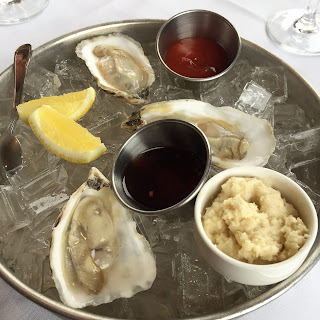
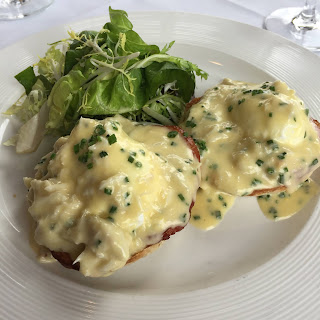



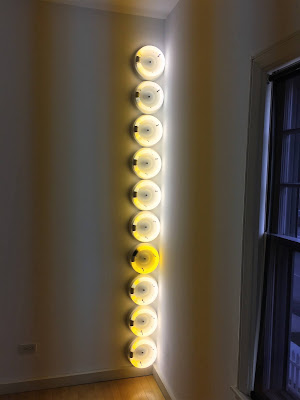
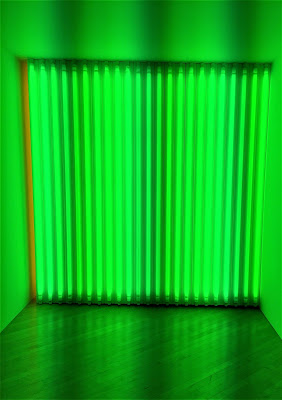





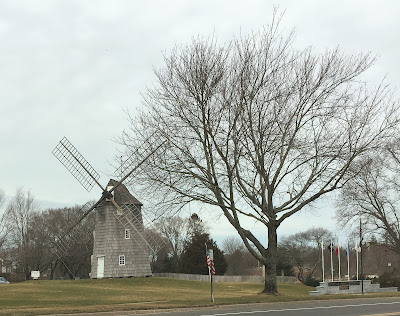



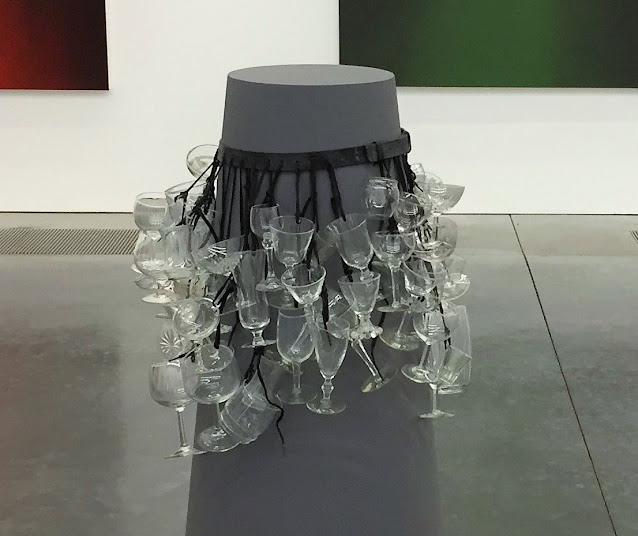







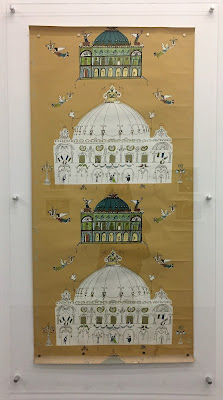
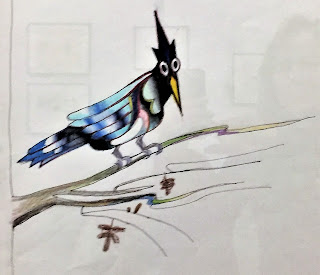
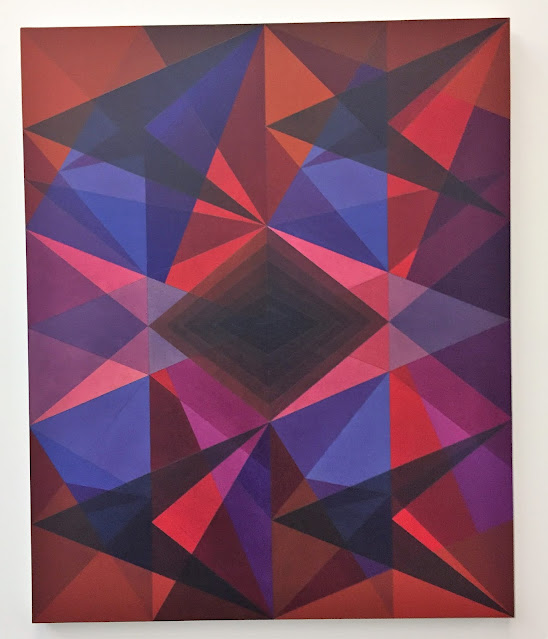

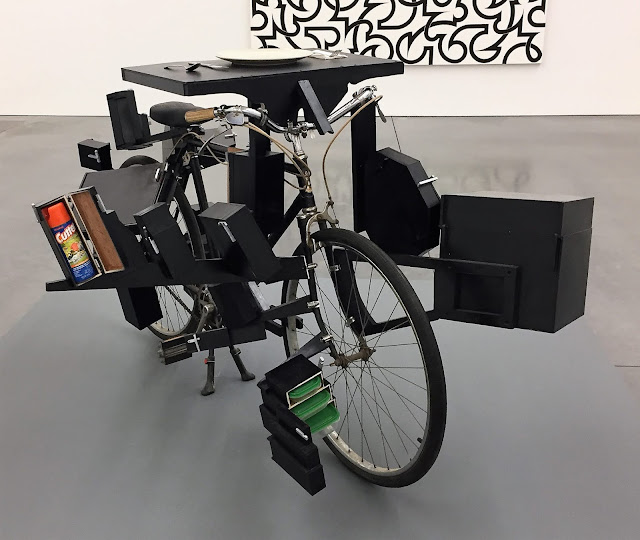




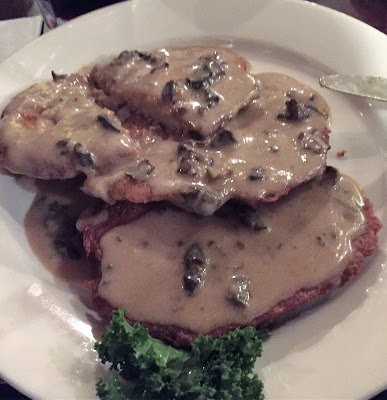
No comments:
Post a Comment